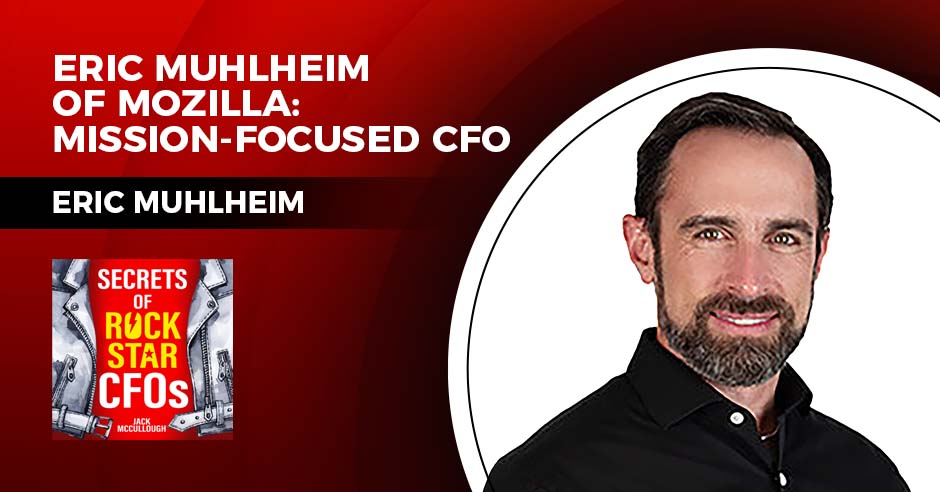The historic CFO practice of taking a backward-looking view to judge a company’s performance no longer serves finance chiefs—or their organizations—well, says Matt James, CFO of Atlanta-based Oakbridge Insurance Agency.
Instead, he argues that the only way to meet today’s economic headwinds and be a true partner to the CEO is to use sophisticated analytics to strategize for the future.
How has the role of the CFO changed in the last five years?
Historically, the CFO role has been primarily focused on “keeping the scoreboard” through the accounting lens with a backward-looking view of the company’s performance. While proper accounting is still important for today’s CFOs, a successful leader is a true partner to the CEO and the board that focuses on stakeholder value creation by touching every aspect of the business.
The complexity of the CFO role has evolved due to changes in accounting standards, tax laws, regulatory regimes, an increase in private equity-owned businesses and, more recently, macroeconomic headwinds. No longer does simple GAAP and tax compliance lead to a successful outcome for today’s CFO.
Importantly, as a partner to the CEO and the board, a CFO must understand how budgeting, capital allocation and structuring impact every aspect of the business, from front office sales functions to support roles like information technology, marketing and human resources, among others. Many CFOs also take on a much more visible role within the senior executive team with direct exposure to the C-Suite, board of directors, investors, lenders and founders, all of which require unique skills to navigate and balance priorities and capital among these competing agendas.
Today’s CFO is tasked with supporting the vision, mission and strategy of the business with key data analytics beyond simple accounting statements. There is a wealth of financial, operational and strategic insights to be gained from sophisticated analytics with all the data available to today’s businesses.
As a thought partner to the CEO and board, what has specifically shifted in the necessary skillset for today’s successful CFOs?
The most significant shift for today’s CFO is the “front office” skills needed to be successful. With a broad range of constituents across an organization’s ecosystem, the CFO needs the skillset and influence to develop relationships and build consensus from a variety of stakeholders, both upstream and downstream from their “seat” in the C-Suite.
Consensus building is a critical skill for the top finance executive that leads to a well-rounded and highly effective partner for the CEO. Often, the CFO sits in the ideal position to review, synthesize and analyze opinions from across an organization to then present an unbiased analysis and sell or kill a new project or idea in the C-Suite.
Secondly, complex problem-solving and strategic thinking skills are crucial. Often, the CFO is the first place a CEO goes to discuss the feasibility and success of new, audacious ideas for the company. The CFO acts as a sounding board to the CEO and can bring to light potential operational, financial or strategic factors that the CEO or board should weigh before taking on a particular project or initiative.
This type of strategic thinking is forward looking compared to the historical view CFOs of the past tended to take. Seeing the bigger picture and the impact that will have on all stakeholders is a critical aspect of the strategic thinking skills today’s CFOs need to be successful.
The current economic and rate environment is unlike anything we’ve seen in the past 10 years. What are the keys to managing the financial condition of the business during this time?
The CFO is ultimately responsible for the financial condition of the business, and this becomes critically important during periods of macroeconomic headwinds. The post-pandemic world of high inflation, rising borrowing costs, difficult employment markets and rapidly evolving operational and technological environments has created challenges in managing the financial well-being of many businesses.
A strategic CFO must evolve rapidly with the changing macroeconomic conditions and assist other key decision-makers in anticipating upcoming challenges in a more fluid market environment. Transparent and consistent communication with all key decision-makers is also important to ensure everyone has the best information when setting strategic objectives.
Communicating any challenges from a financial perspective can help other key leaders understand the reasons behind delayed projects, a hyperfocus on the budgeting process or a deep dive into expense management.
During times of uncertainty, actively soliciting feedback from divisional heads and other functional area leaders is important for a CFO to better anticipate upcoming challenges or budgeting issues throughout the organization. Building an inclusive and collaborative environment among leadership and the CFO function leads to better alignment for managing the financial condition of the organization during times of uncertainty.
How should the CFO think about the various levers he or she has to manage through an expensive cost of capital environment, and how does this change strategic planning in the near term?
Anticipating the capital needs of the business during this period of macroeconomic headwinds leads to more successful outcomes for the long-term health of the organization. The CFO has many tools at their disposal to assist in managing the near-term challenges.
With many companies today functioning in a highly leveraged operating environment—particularly private equity-backed organizations—a focus on cash management is critical. CFOs should utilize highly detailed cash flow forecasting processes to track cash available for meeting payment requirements on a company’s debt facility while also anticipating cash flow needs to maintain key investments and growth during a period of high interest rates.
While the recent interest rate environment is more difficult than any other time in the past 10 years, rates are not so extreme that it necessarily needs to impact a company’s long-term growth. Implementing interest rate risk management programs, actively managing company receivables and payables, and developing clear guidelines and approvals for large capital expenditures or new projects will preserve cash and lead to better discipline around strategic planning, even as the rate environment improves.
Additionally, speaking frankly with key leaders throughout the organization on the challenges of the current environment will lead to more thoughtful “asks” around new projects. Aligning the organization to collectively head off these challenges will lead to long-term success.








